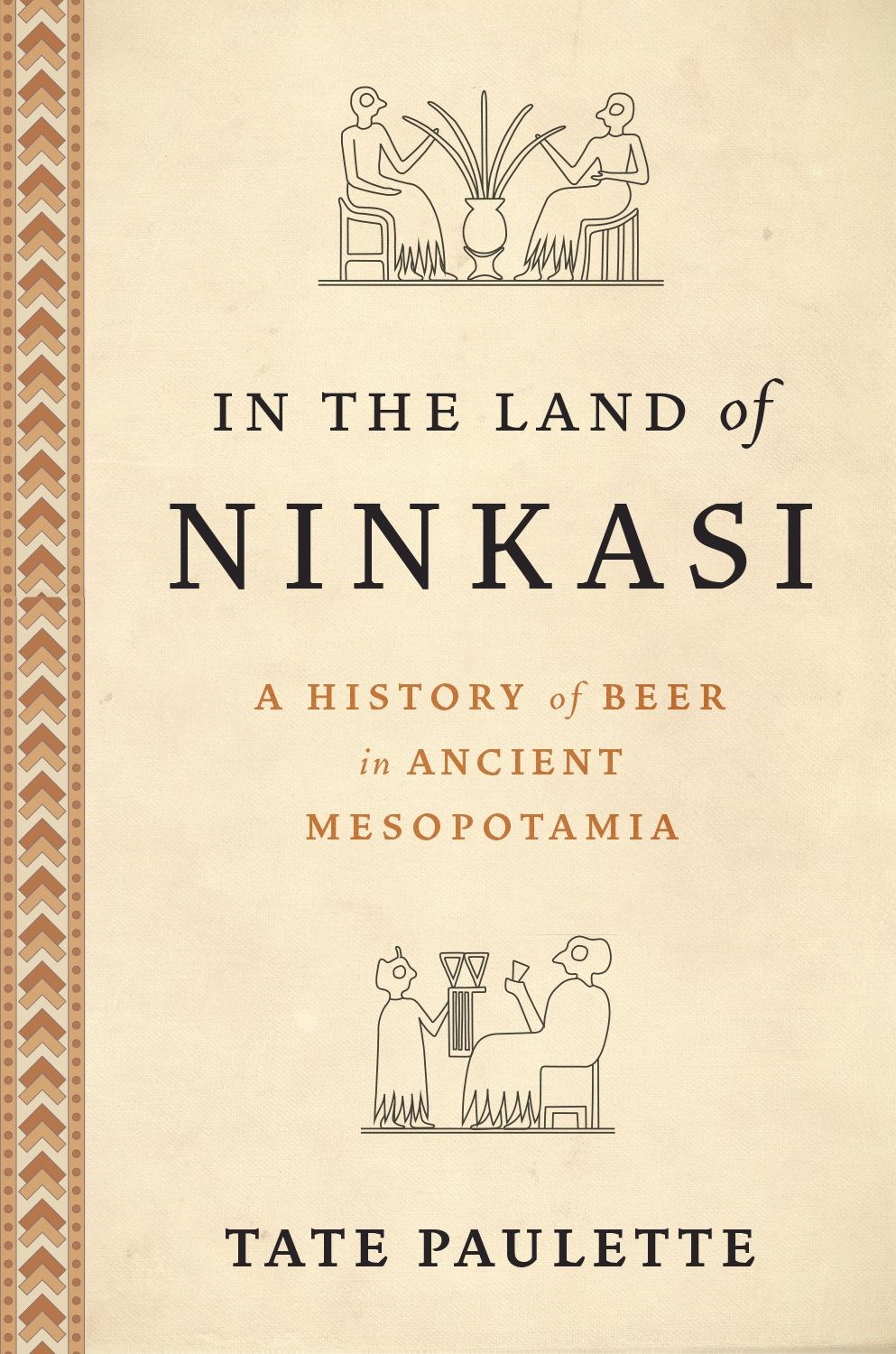Archaeologist and historian Paulette (North Carolina State Univ.) utilizes his expertise on Mesopotamia (a historical West Asian region between the Tigris and Euphrates Rivers ) and ancient alcohol to show that beer drinking was a core component of the culture as far back as the Early Bronze Age (circa 3,000 BCE). This entertaining and enlightening work explains why archaeologists believe this and how beer culture may have functioned—from brewing to consumption—socially, economically, and spiritually. Paulette recounts the time his team of experimental archaeologists (in collaboration with the Great Lakes Brewing Company) revived ancient beer recipes using authentic techniques of the period. The beer names, Enkibru and Gilgamash—drawn from Mesopotamian mythical legends Enkidu and Gilgamesh—demonstrate Paulette’s whimsy, which ameliorates the potential drudgery of endless pots, cups, vessels, and brick layouts that buttress archaeology. Imaginative yet grounded interpretations of everyday Mesopotamian imbibers and brewers round out this solid work. But readers may want confirmation of some of the facts: cuneiform tablets are fragmented, pots don’t always indicate their use, most mud brick buildings aren’t intact, and the languages of Mesopotamia, Akkadian, and Sumer haven’t been fully deciphered.
VERDICT Recommended for beer aficionados and for readers looking for an introduction to an ancient culture.




Comment Policy:
Comment should not be empty !!!